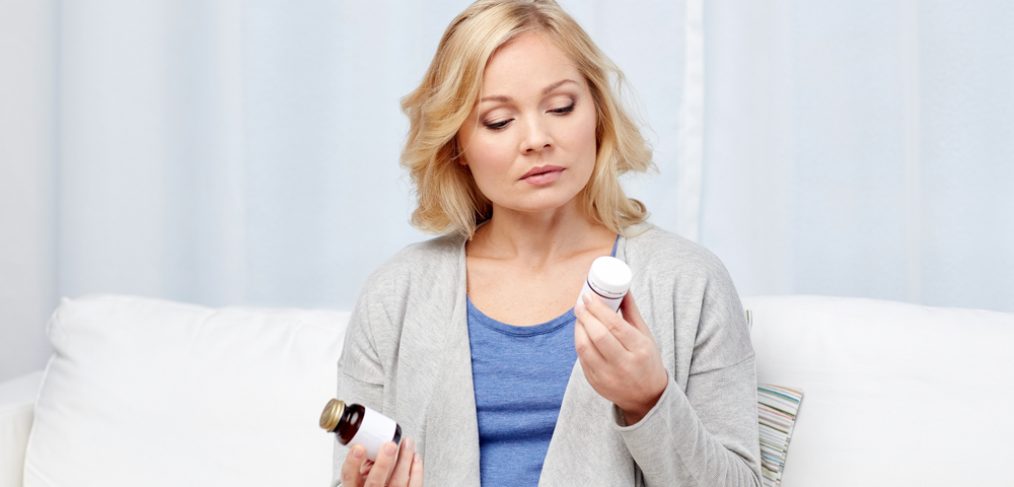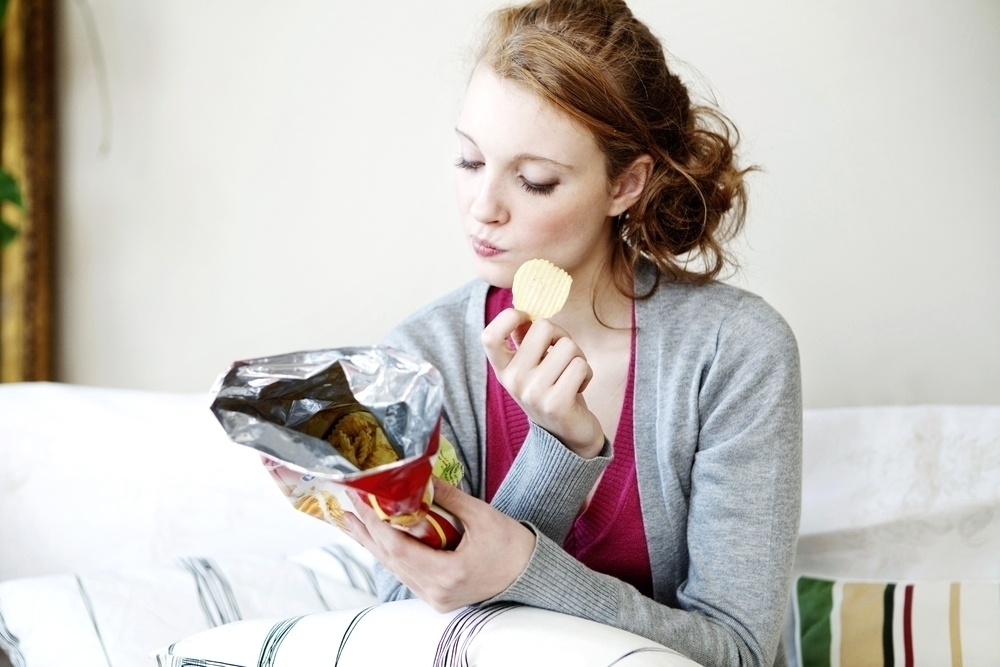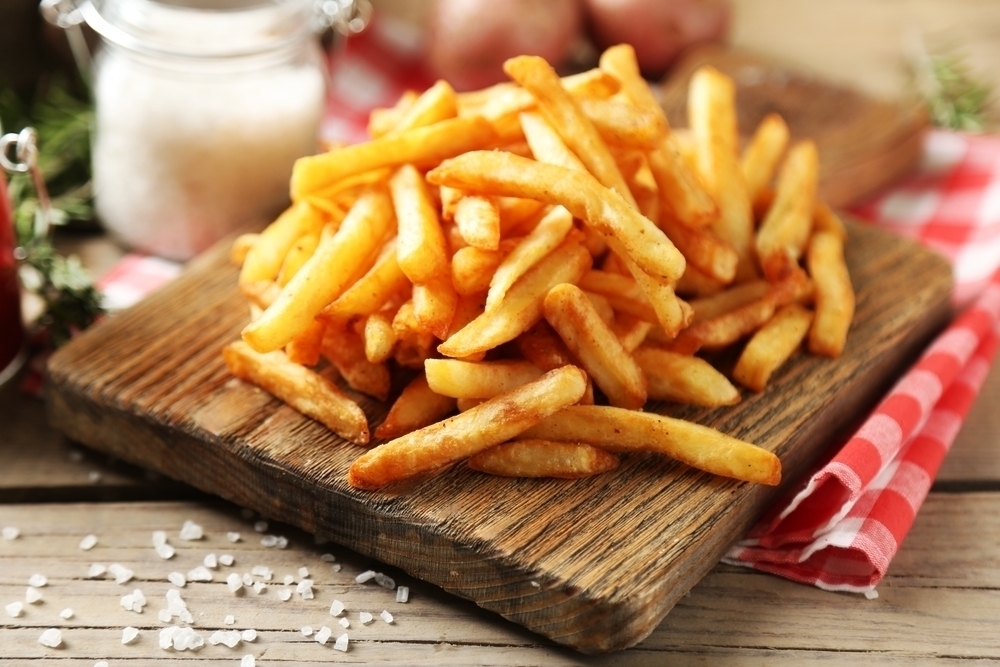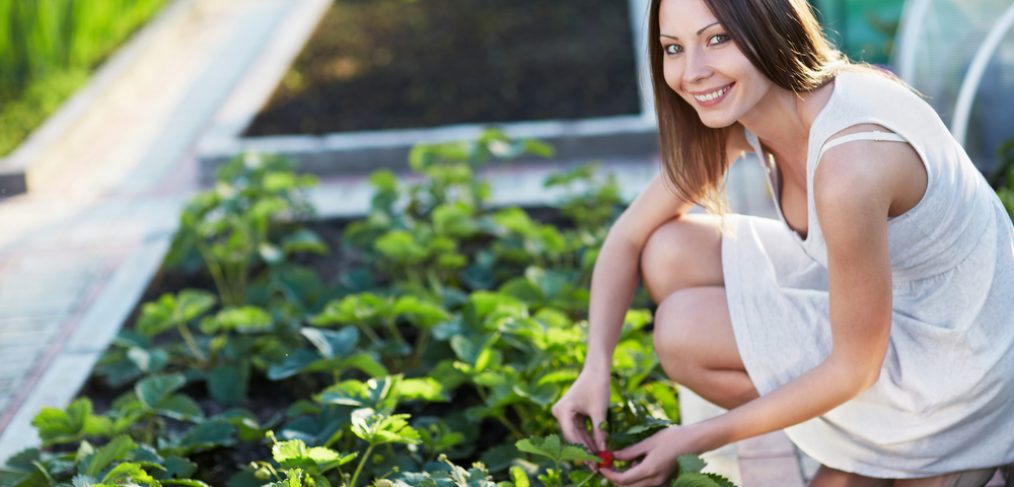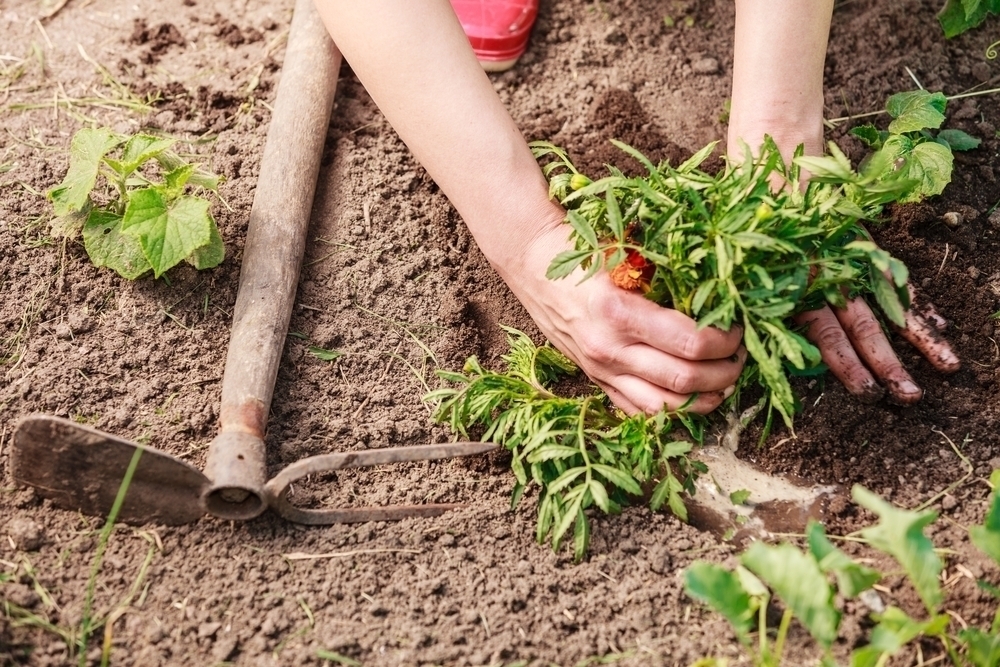You’re serious about your running routine.You’re at it every day. And you want to see some serious results. You want to look in the mirror and see those biceps bulging. You want to see those glutes flexing and those quads defined. What don’t you want to see? Sun damage.
Running is a great way to stay in shape, but if the terrain is your domain, you have to deal with the elements, and the sun is a large element. All those miles in the sun increases the risk of malignant melanoma and associated abnormalities. If you’re skipping the sun screen, here are some things your dermatologist may want to tell you.
Don’t Skimp on Protection
According to Amy Mc Clung, MD, sweating in the sun increases the risk of skin cancer. Even if you are starting in the dark hours of the morning or in cloudy weather, there is no reason to throw caution to the wind. The darkest days can always give way to sun, and you can also burn on an overcast day. McClung recommends a generous application of sunscreen, a hat, and a pair of sunglasses, regardless of how the weather looks when you set out.
Apply Sunscreen with a Heavy Hand
Before you start patting yourself on the back for applying the sunscreen, make sure you have plenty on. Brooke Jackson, MD, and once dermatologist for the Chicago Marathon, says that if you are using a cream or lotion formula, aim to apply enough of the stuff to fill a shot glass. That translates to about an ounce and a half, which means you should go through an eight ounce bottle in about two days.
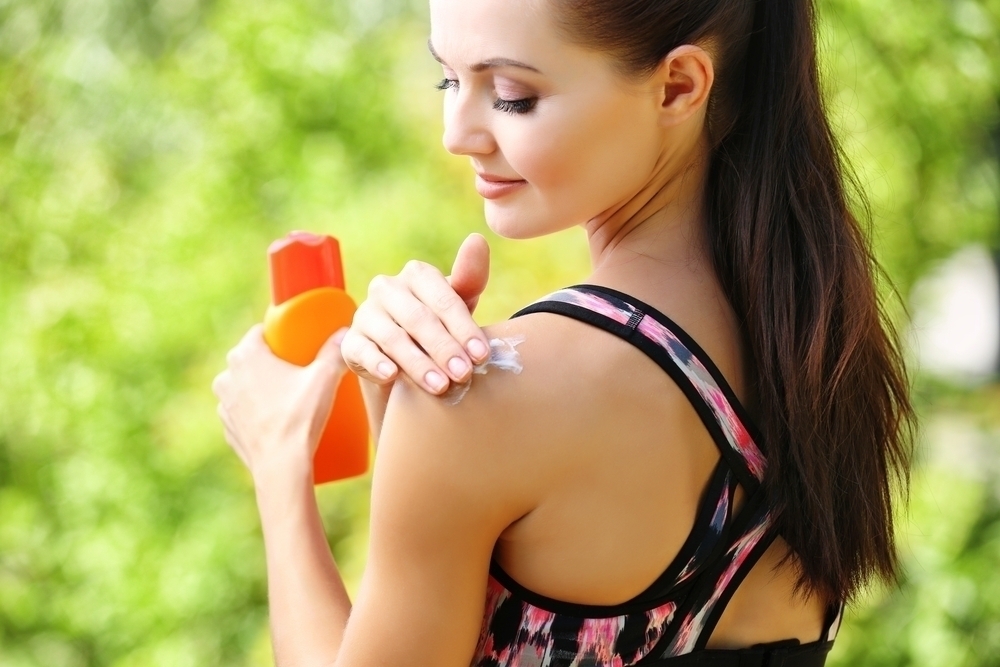
Don’t Get A Base Tan
If you’re thinking gradual exposure will protect you from sun burn or damage, Jackson would like you to think again. She warns that tans and burns are not buffers, but rather the body’s built in way of telling you you’ve had enough sun. “As a dermatologist,” she says, “when I see tanned skin, I see damaged skin. It doesn’t at all look healthy to me.”
Don’t Run Shirtless
Or in a very small top, sports bra, or similarly sized contraction. While it is tempting to disrobe in the heat, doing so will increase the surface area of skin exposed to the sun. Look for the “UPF” label on clothes, which indicates that the item has sun protection built in. Even if there is no label, Jackson says that even regular tanks and shorts can provide an SPF of about 8.
Don’t Omit Your Head and Lips
Scalps with thinning hair are very vulnerable to sun damage and are known to be the first area on which cancerous growths first appear. As Jackson points out, the spot can be particularly dangerous, because remaining hairs can conceal the appearance of cancers, making them easy to overlook.
Apply sunscreen to the top of your head, and, if you have a full head of hair, remember that your part is also a target for sun damage, and should be protected appropriately. A hat will provide even better protection than lotion, and can also help to shade your forehead and spare you from the possibility of getting irritating sunscreen in your eyes.
Don’t forget about your lips, which are also subject to burn. Give them a coating of sunscreen or use a lip balm with SPF and wear your shades to protect your eyes from cataracts and cancer.
So take special care if you are running and let us know what you do to keep your skin from burning. We wish you good luck and great skin.




